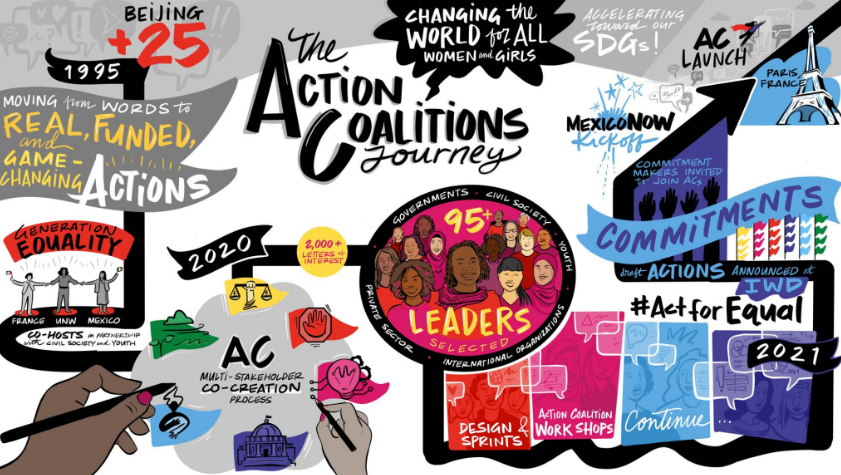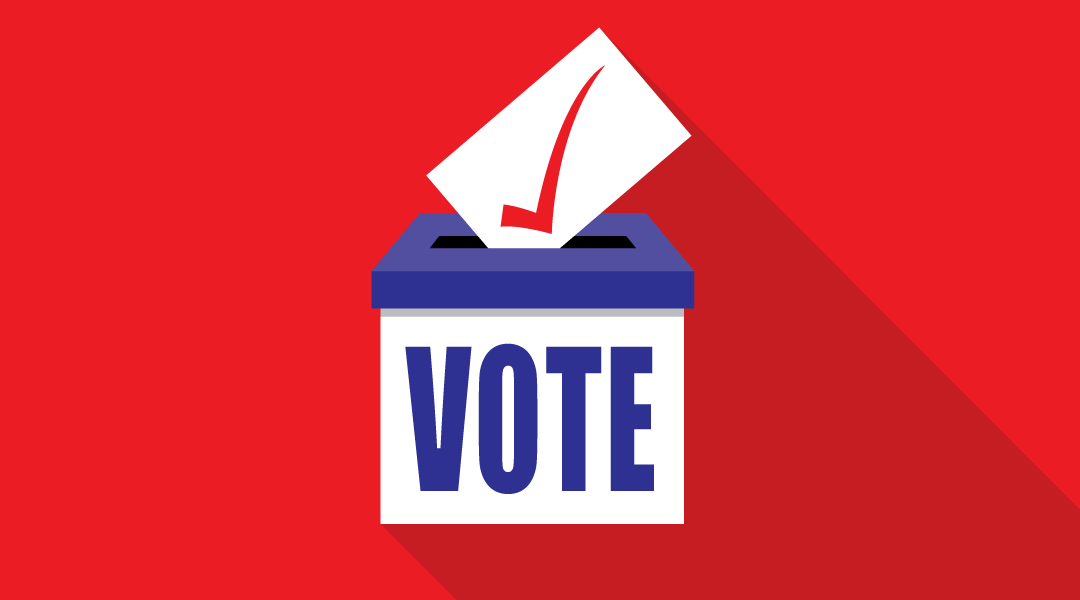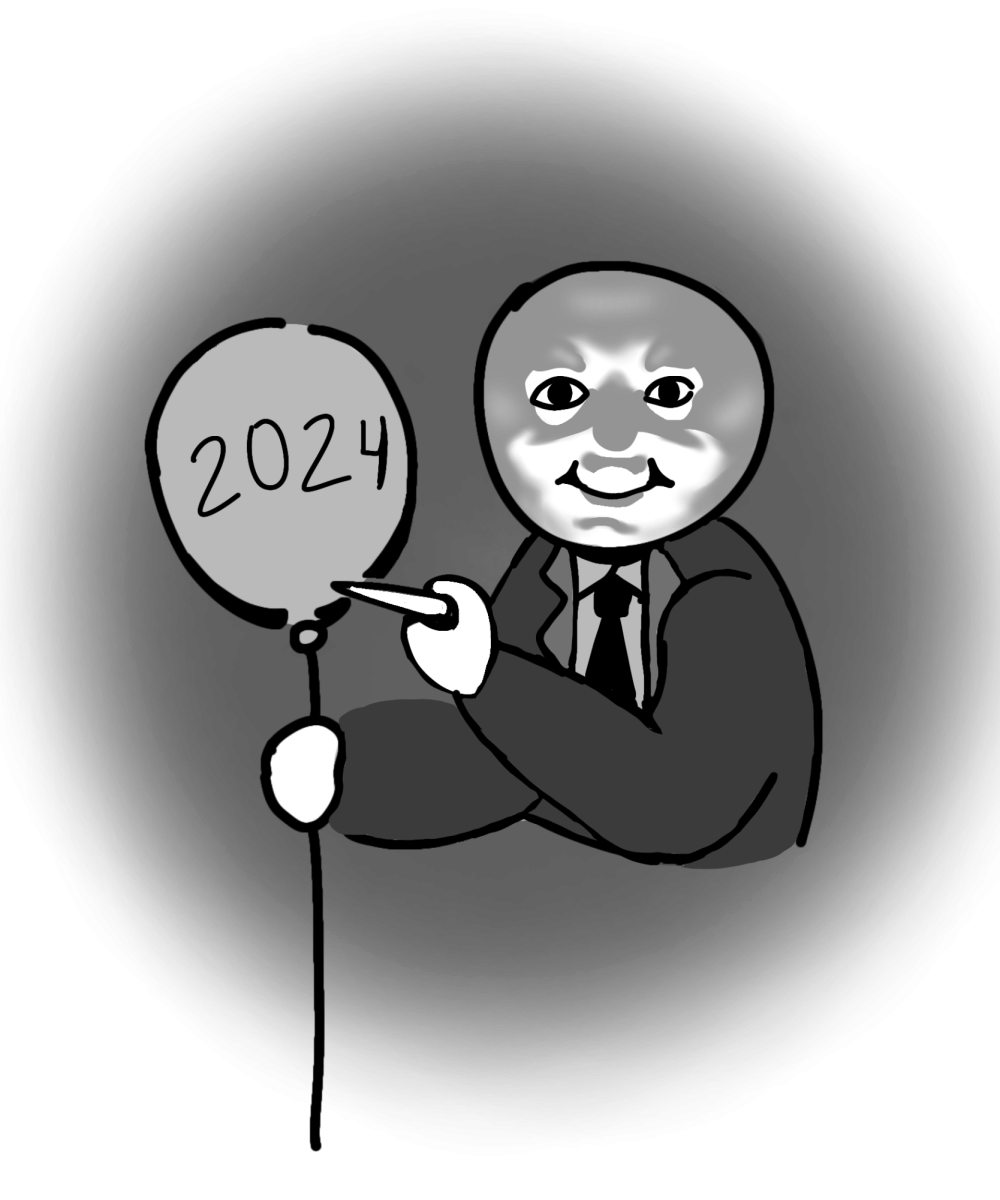In 2015, global leaders pledged that violence against women and girls would end by 2030. Now, we’re halfway there.
It has been just over a year since Mahsa Amini, a 22-year-old woman who lived in Iran, died in police custody for allegedly wearing her headscarf improperly.
Protests regarding the event broke out instantaneously, causing the Iranian government to begin making mass arrests and bringing back their morality police. The Iranian government has adopted dozens of stricter dress codes and policies, in addition to arresting a large portion of Amini’s family in an attempt to prevent more protests.
One year later, domestic protests in Iran continue, further igniting movements all around the world, from New York to Rome, regarding violence against women and women’s rights in Iran. Movements on social media have also been an effect of Amini’s death. TikTok, Twitter, and Instagram have exploded with the slogan “Women, Life, Freedom.” These protests have been significant in how the world views the battle for women’s rights today.
The question stands: is this truly progress in the fight to end violence against women?
The Beijing Declaration and Platform for Action was published in 2015 by the United Nations Entity for Gender Equality and the Empowerment of Women (UNW). The declaration outlined the United Nations’ effort to achieve “equal responsibilities and equal opportunities and the equal participation of women and men in all national, regional and international bodies and policy-making processes.”
The declaration flagged 12 key areas where urgent action was required to improve equality among women and girls. Some of these 12 areas include: women and poverty, education and training of women, violence against women, women in power and decision making, institutional mechanisms, human rights of women and the girl child.
According to the World Health Organization, one in three women are subjected to violence in their lifetime (2023). Violence against women has a negative impact on their physical, mental and reproductive health and remains an immense global crisis even today.
2015 may seem like a long time ago, but with an issue as slow-moving as women’s rights, eight years is nothing. According to the UN Secretary-General’s report from 2022, from the years 2009 to 2019, average annual gains for women in professional and higher categories was only 0.5 percent.
In April of 2023, the UNW concluded that a total expenditure of $540.3 million was spent on improving societal conditions for women worldwide in 2022 alone.
Moving forward, the UNW has also adapted the Strategic Plan 2022-2025. Since then, 64 countries have advanced gender-responsive fiscal laws, policies and budgets. Additionally, over 140 global initiatives have been launched to support women’s rights organizations.
“Violence against women is not inevitable,” stated Sima Sami Bahous, UN Women Executive Director. “In fact, we have more evidence than ever on how to prevent and end it. States now need to take action with a comprehensive approach that is informed and monitored by data and which can be adapted to rapidly changing contexts.”
You’d expect this evidence to
In terms of the upcoming years, we can hope that the UN’s efforts to end violence against women will be effective. Although money is being allocated, protests are becoming more and more noisy and social media movements are paving the way for generations to come, it still appears as if women’s cries from all over the world are disappearing into an empty abyss.









